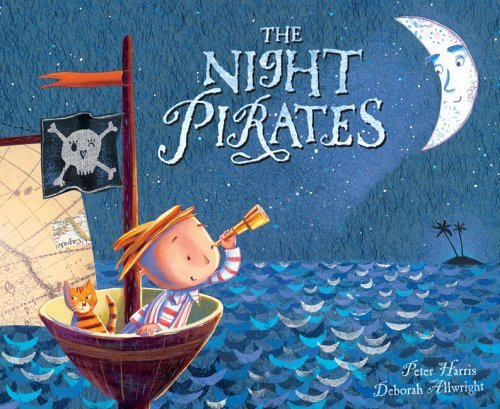Edrg 3321 Monday Night 730-900
Sorry Mrs. Pickett, but I've kind of always had a thing for poetry. But only for poetry that is easy and fun. I've always hated the poems that seem like they're talking about one thing but in actuallity they're talking about another. Poetry can be very complicated and other times it can be extremely pleasurable and fun. When I think of poems I think of rhythm and rhyming. Chapter 5 talks about how these two aspects are two of the salient ones in poetry. These two aspects are what attract young readers to poetry and have made common attractions to Mother Goose, jump rope songs, and other rhyming games like patty cake. We learned these at such a young age and it is important in my opinion that we continue to teach our students poetry.

Author Profile: Bill Harley
Dirty Joe the pirate is a great children's book and Bill Harley does an excellent job retelling this unbelievable true story. This book is about a pirate named Joe who was known for capturing ships like all pirates do. Only this pirate left his trade mark by also capturing the socks of all of the other shipmates . He would hang the socks on his ship and on his body, hence the name Dirty Joe. One day he sets his eyes on another ship that is also controlled by a female pirate. This female pirate ends up taking Dirty Joe's ship and does the unthinkable. She robs his crew of their underpants and hangs them
from her ship. This pirates name was Stinky Annie and she ends up being his sister. Harley tells the whole story in a rhyme and takes the true story and turns it into a funny one. Bill Harley has a great website that is really easy to navigate through. It contains biographical information on him as well as information about his work.
http://www.billharley.com/







